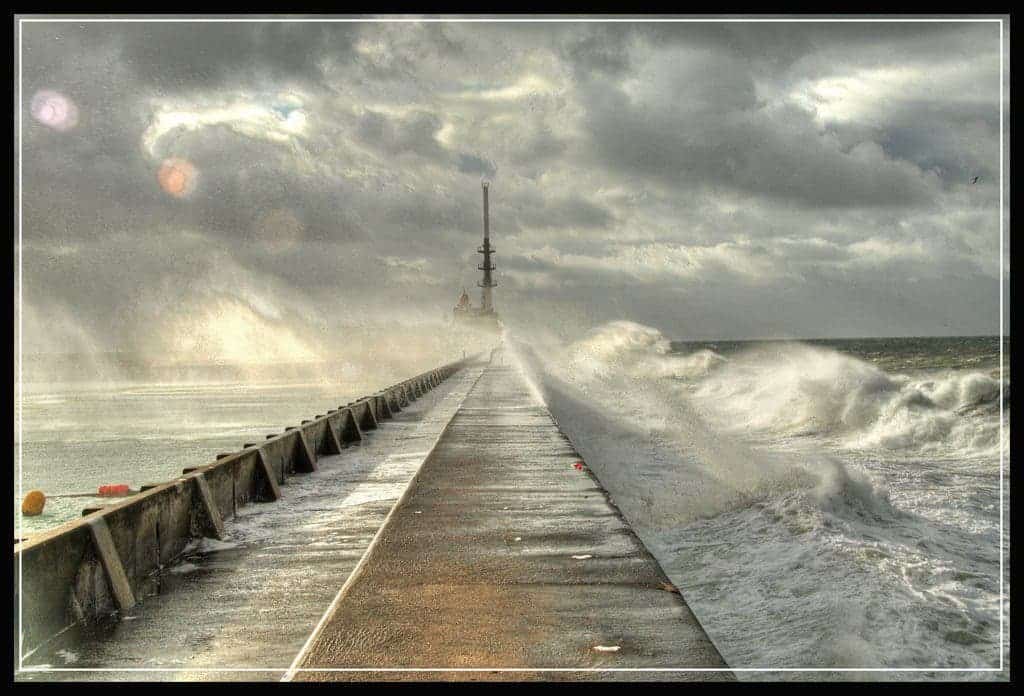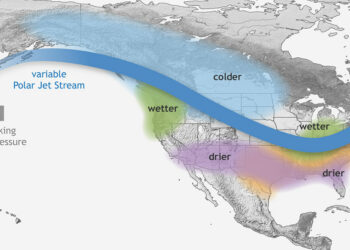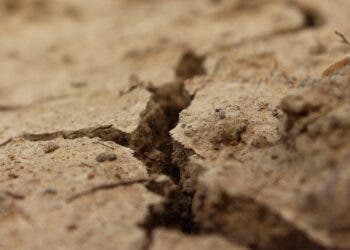According to the World Meteorological Organisation (WMO), there’s now a mature El Niño present in the Pacific Ocean. As is the case with such events, the biggest sign of an El Niño shaping up is rising surface water temperatures. Right now, the east-central tropical Pacific Ocean waters are likely to exceed 2° Celsius above average, which suggests this could be one of the strongest since 1950, placing it along similar events like 1972-73, 1982-83 or 1997-98.
What causes El Niño

Climate scientists are always on the lookout for an El Niño since the phenomenon influences how high global temperatures will rise this year, how severe a drought could afflict Australia and Asia, and whether or not rain-starved California will get the precipitation it desperately needs. Most of us, however, know El Niño as a doom bringer leaving floods, droughts, tropical storms and blizzards in its wake. The severity of such an event, of course, depends on where you live. India, Australia and Indonesia are historically hardest hit.
In the absence of an El Niño warm currents flow from east to west, due to the planet’s spin around its axis. In time, winds graze the water absorbing some of the heat and exchanging it further east, in Australia and Asia. At some point, the water in the east gets hot enough that it unbalances the system. As the heat system tries to reach an equilibrium, warm water starts flowing in reverse from east to west, dragging precipitation with it. As a consequence, some regions of the world will receive excess rain and storms, while others will see little of it.
The event happens every five to eight years, and authorities aren’t exactly looking up for it. This year it’s back.
Triple hurricane event. El Nino conditions causing warm sea surface temps. Thanks @NOAA. http://t.co/6rLVc2PnwJ pic.twitter.com/yzFd5JXNCR
— BOM Australia (@BOM_au) August 31, 2015
Once surface water temperatures exceed 1° Celsius above average, the so-called El Niño threshold is reached. In August surface temperatures have ranged between +1.3° and +2.0° Celsius which suggests this current El Niño is already pretty strong. Apart from this, other telltale signs have been identified: patterns of cloudiness and rainfall near and east of the international dateline and weakening of tradewings from the west to east-central Pacific.
This year’s El Niño could be very strong
Here’s a summary of the WMO report:
- As of August 2015, both the ocean and atmosphere over the tropical Pacific exhibit behaviour indicative of a strong El Niño;
- A majority of the models surveyed and expert opinion suggest the 2015-16 El Niño will strengthen further during the second half of 2015;
- The peak strength of this El Niño, expected sometime during October 2015 to January 2016, could potentially place it among the four strongest El Niño events since 1950.
- Impacts from this El Niño are already evident in some regions and will be more apparent for at least the next 4-8 months;
- El Niño events typically decline and then dissipate during the first and second quarters of the year following their formation. Note that impacts in some regions are still expected during the dissipation phase.
Another model, this time made by researchers at NOAA’s Climate Prediction Center suggests there is a greater than 90% chance that El Niño will continue through Northern Hemisphere winter 2015-16, and around an 85% chance it will last into early spring 2016. Across the contiguous United States, temperature and precipitation impacts associated with El Niño are expected to remain minimal during the remainder of the Northern Hemisphere summer and increase into the late fall and winter. El Niño will likely contribute to a below normal Atlantic hurricane season, and to above-normal hurricane seasons in both the central and eastern Pacific hurricane basins. Already, the Western Pacific has seen 5 strong typhoons this year.
Besides the weather, this prince of chaos is also changing fish migratory patterns driving away the coldwater fish – a backbone of the fishing industry in South America. There are of course some upsides to El Niño. For instance, Uruguay gets to have better agricultural conditions. For the most part, though, you don’t want it around.
Who’s most vulnerable
The worst El Niño happened in 1997, killing 23,000 people and $45 billion in damage. On the Oceanic Niño Index (ONI) which measures how warm surface waters in the Pacific are (zero is average, positive is warming, negative is cooling), the 1997 event was rated with a 2.3 figure. Right now, the 2015-2016 El Niño event is rated with 1.0 on the ONI scale, however this figure has been constantly rising in the past four months. Models performed by WMO predict it should climb above 2.0 and quite possibly become the strongest since 1950 when such record keeping began.
As mentioned in a previous article in which I explained what drives global warming “hiatus”, the El Niño also influences climate. At the time, 1998 became the warmest year on record. However, 2014 was the warmest year on record without any El Niño event. Expect 2016 to be very, very hot – another record.







